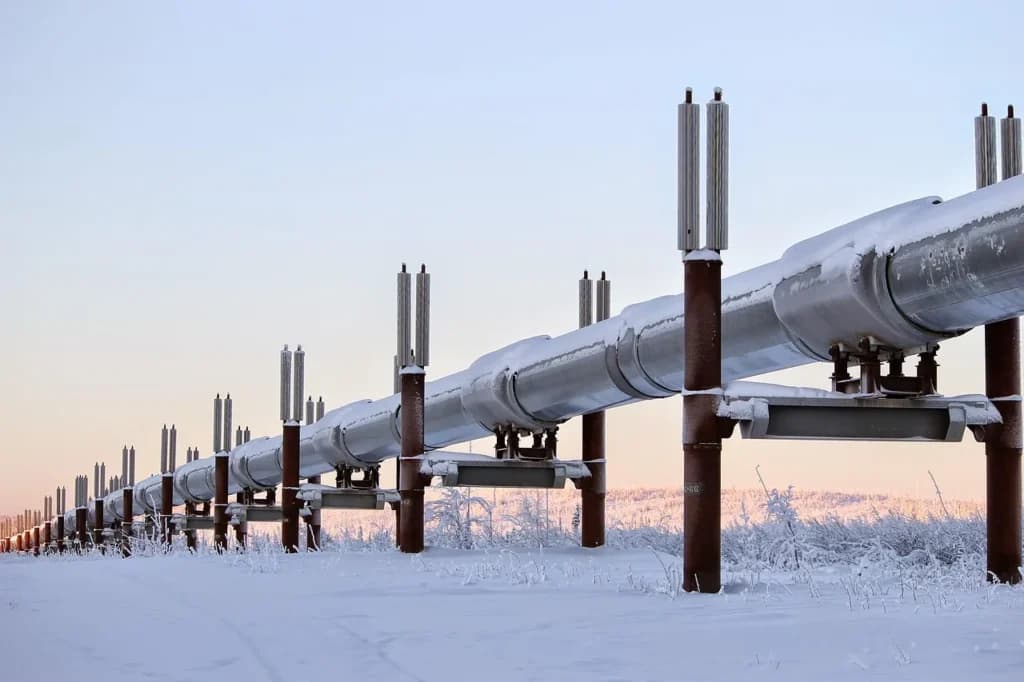New Lead Developer Advances Alaska LNG, Promises Local Jobs
Glenfarne has assumed lead developer status for the Alaska LNG project, reaffirming a three part plan that includes a North Slope gas treatment plant, an approximately 800 mile pipeline, and a liquefaction and export terminal on the Kenai Peninsula. The move signals renewed momentum that could deliver gas to Alaskans, generate state revenue, and create large scale employment and contracting opportunities across the North Slope and statewide.
Listen to Article
Click play to generate audio

Glenfarne’s formal assumption of lead developer status for Alaska LNG and an explanatory project page that resurfaced in November emphasize a clear plan for moving the project forward. The company outlines three primary components, the North Slope gas treatment plant, an approximately 800 mile pipeline, and a liquefaction and export terminal on the Kenai Peninsula. Those components are presented as the backbone for delivering gas to local markets and for export revenues that could affect the state economy.
For North Slope Borough residents the immediate significance lies in potential local employment and contracting. Glenfarne’s statements highlight prospects for large scale jobs and contracts on the North Slope during development and construction phases, and for statewide opportunities across service sectors. The company has framed the project as a way to supply gas to Alaskans while also generating revenue streams tied to liquefied natural gas exports.
The project page was originally posted earlier in 2025 and again surfaced in November as part of news rollups that tracked growing interest in Alaska LNG. Glenfarne’s November 10 press release with engineering firm Worley serves as the latest operational update, building on the background material widely used in recent reporting about the project’s momentum. That sequence of disclosures suggests Glenfarne is consolidating public information as it advances planning and stakeholder outreach.
Economic and market implications extend beyond job counts. A large scale pipeline and export terminal would represent significant capital investment, draw state and federal permitting scrutiny, and shape long term energy revenue projections for Alaska. For local governments the prospect of new revenue flows is tied to tax regimes, royalty arrangements, and contracting rules that determine how much of project value remains in the region. For contractors and service firms on the North Slope, an active lead developer creates a competitive market for project work that could sustain businesses through the construction window.
Policy decisions and regulatory milestones will be crucial. State officials will need to weigh domestic supply goals against export ambitions, and federal agencies will assess environmental and permitting standards for an infrastructure footprint that traverses remote terrain. The project’s scale means planning horizons measured in years, and the resurfacing of Glenfarne’s materials indicates increasing transparency on project structure and objectives.
For residents of the North Slope Borough the coming months will be a period to follow updates on permitting, workforce planning, and contracting opportunities. The company’s public materials establish the outline of a project that could reshape local employment and fiscal prospects if it moves from planning to full development.


